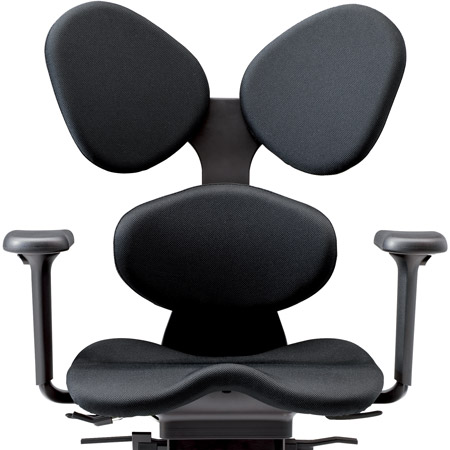
PAD by Alejandro Zaera Polo for Dynamobel
Alejandro Zaera Polo of Foreign Office Architects has designed a series of chairs for Spanish office furniture brand Dynamobel.
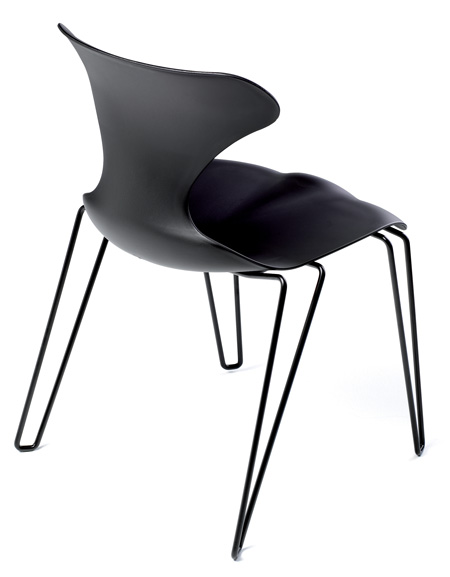
The PAD series, Zaera Polo's first industrial design commission, features a task chair and two side chairs.
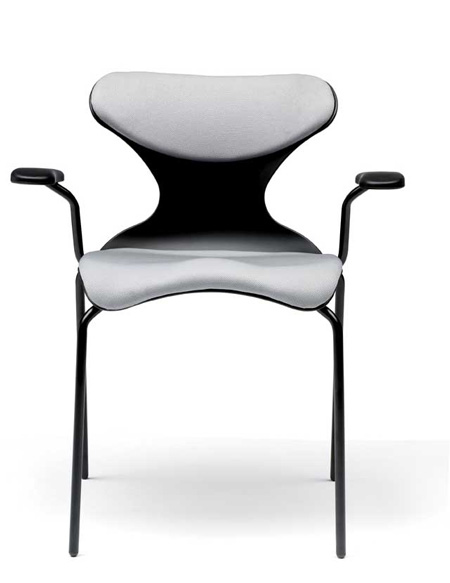
Below is an interview with Zaera Polo provided by Dynamobel:
--
Alejandro Zaera has created PAD based on the concept of proximity, the connection between the human body and the piece of furniture. It is an essay in turning ergonomics into both a technical quality and a form of sensitivity.
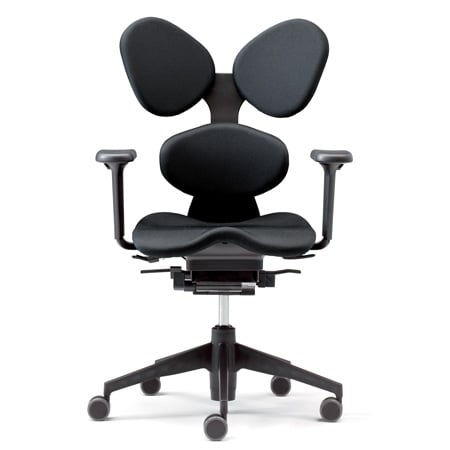
Alejandro, what values or qualities define the work of FOA?
Precision, thoroughness and the capacity to respond to every situation. We don’t aim to be visionaries, the goal of our innovation is to be capable of analysing each specific situation precisely and to give it unique visual expression in the form of shape.
There are two maxims which explain our interests very well: 1. Architecture is the engineering of material life. 2. Architecture is not designed, it is bred, like horses and wine.
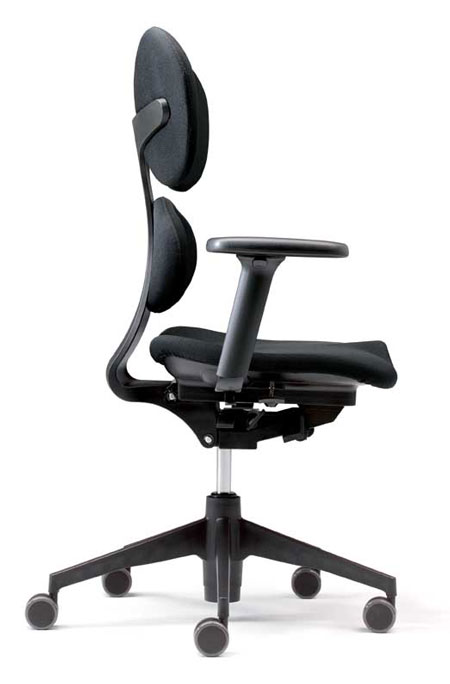
It can be deduced from your work that your architecture breaks free of conventional paradigms in many ways…
I don’t identify myself with the idea of the visionary architect. More than break paradigms, we try to analyse the conditions of a project accurately in order to create new architectural expressions. It’s not a matter of inventing a new reality, but of carefully looking at what surrounds us, without preconceptions or aesthetic or ideological burdens, to try to produce new expressions, preciser than existing ones. Reality is always more interesting than fiction of any kind.
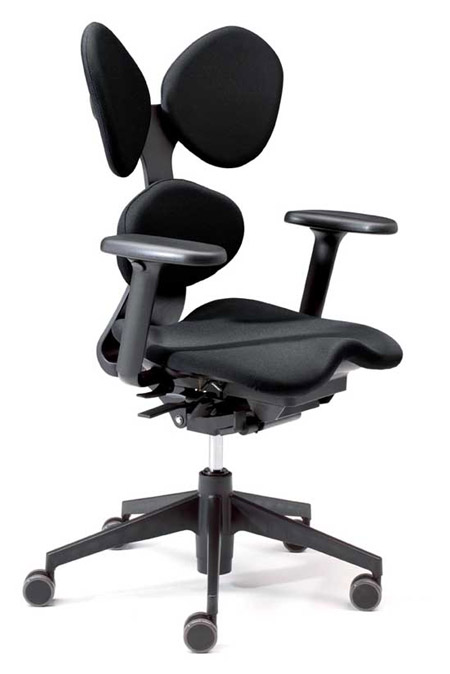
What does PAD mean to you?
For us, PAD is our first opportunity to contribute to the world of product design. A project whose dominions and scale we had never entered before. The discussions at the beginning of the process were very different to those we have when we plan architecture. Architecture is conceived for a specific place and a very specific use. What’s interesting about this project is the idea of creating a product which is not specific to place, but can work in many different places. That’s very different to what normally happens in architecture.
What value does an architect contribute to those objects which transcend architecture itself?
I don’t think that furniture designed by architects is particularly characterised by anything which can be said to be universal to all. You can’t say it possesses greater constructive or conceptual rigour. The world of objects is simply another scale of design which many of us like exploring.
What’s the connection between your architectural work and PAD?
More than the fact that my signature is on all scales, I’m interested in extracting a specific aesthetic from the task the project involves. The fact that PAD saw the light of day at the same time as the Technological Centre of La Rioja doesn’t mean that there was any common intent. There should be a certain distance between buildings and what they contain. I find places designed from an overall perspective and perfectly consistent in every detail stifling.
I like places to provide users with a certain degree of freedom to reinterpret them, reuse them… In the same way, we have to be capable of creating products which work in very different atmospheres. They must be transcultural. It would be a problem if products no longer worked in different cultures and moments from those in which they were created.
What interests me about PAD is that, qualitatively, it is a product to a certain extent generic, but which possesses a specific idiosyncrasy, it communicates a concept of proximity, of connection between the human body and furniture. It is an attempt at taking ergonomics not just as a technical quality, but as a form of sensitivity.
What does Dynamobel mean to you?
I’ve been to your factory, met your people. I’ve seen your scale. And I would say that, for me, Dynamobel is fundamentally a group of people with a great deal of professionalism, ambition and capacity. On working at an unusual scale, speaking with you, your reactions and suggestions imbued me with great confidence in the project and gave me the chance to work in unexplored territory.
What do you expect of Dynamobel in the future?
I hope to have a long relationship. Both the process and the result have been very interesting. I am very happy with the product and hope to be able to work on other products and maybe at other scales as well.
If you had to choose between a new idea and a good idea, which would you choose?
A good idea. Thanks to the production systems available to us, anything can be new nowadays. I’m not particularly interested in the new. I’m interested in what is so consistent, so intelligent and sophisticated that it still surprises you, still seems new each time you see it. It is necessary to rediscover a relationship, a discipline between what we do and the problem we are faced with.
Your favourite song?
I haven’t got just one. Right now, Heavy Weather by Weather Report comes to mind.
Your favourite book?
I don’t know if it’s my favourite, but it has been very important to me: 1000 plateaus by Deleuze and Guattari.
Your favourite film?
One I can see repeatedly without getting bored is Koyaanisqatsi by Godfrey Reggio.
Things you hate to love?
I must confess I have very strong rational control over my emotions. In a way, my consciousness implacably edits those innermost desires it considers improper…(laughs).